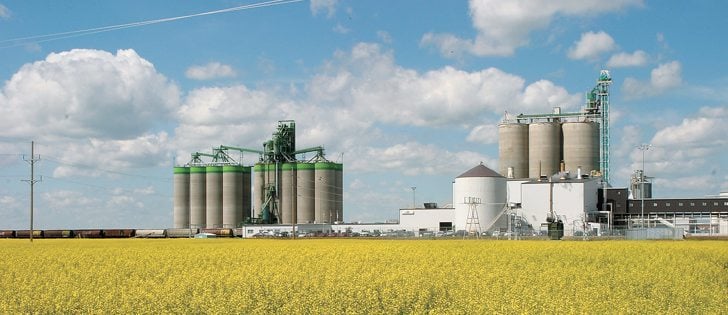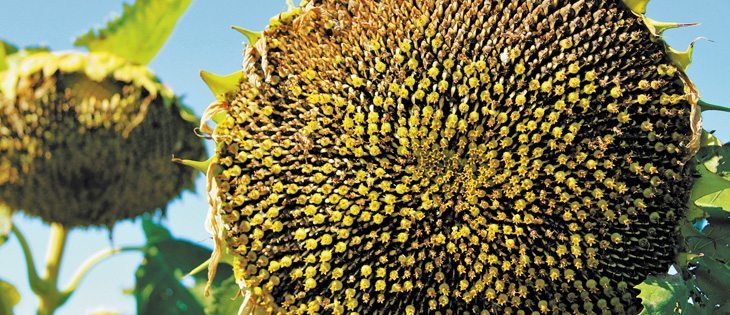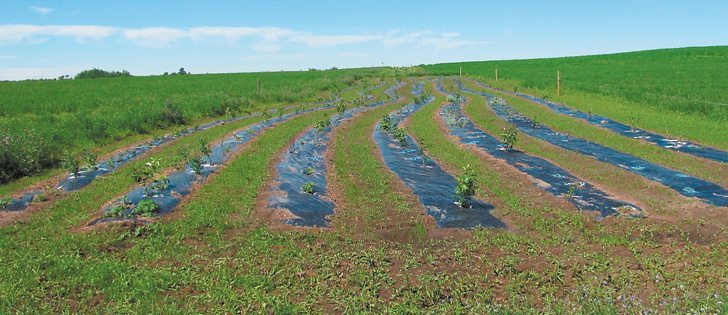Durum acres will surge this year from 2011 by 27 percent, Statistics Canada says.
However, oats acreage will increase only nine percent.
If you extract the impact of last year’s flood-ravaged seeding situation, in which millions of acres went unseeded, it shows that farmers are keen to get back to growing durum at usual levels but see little incentive to growing oats.
This year’s intended oat acreage of 3.4 million acres is low by historical standards, and most analysts think it won’t rebuild stocks.
Read Also

Farm groups ask feds for export sales reporting
The Agricultural Producers Association of Saskatchewan and SaskCrops asks the federal government to create an Export Sales Reporting program.
Oatinsight.com analyst Randy Strychar describes the fundamental oat situation as bullish and friendly, but that is not reflected in oat prices. From lows of $2.80 to $2.90 US per bushel during the winter, Chicago oat futures have rallied to the $3.30 to $3.40 level. Strychar predicts a range of $3.10 to $3.75 to July.
With corn prices recently falling, that shows oats have regained competitive strength, but it also undercuts demand.
Cheap corn in the horse feed market will likely replace some oats in the ration, reducing overall sales to the United States. Oats were often the lowest-returning crop in 2012 crop planning guides.
“It’s never penciled out well for the past I don’t know how many years,” said Chuck Penner of LeftField Commodity Research. “It’s still an option, but a shrinking one.”
Some analysts think oat acreage could suffer from the opening up of the CWB’s monopoly. Some farmers embraced oats for their rotations because it allowed them to be free of CWB complications. Now the market is open and that incentive is gone.
Strychar said the relatively low oat acreage will probably create low enough stocks to spark a rally some time in 2012-13. That will be needed to convince farmers to stick with the crop.
Durum is a different matter. The 27 percent acreage increase might have shocked markets, considering the dominant role Canada’s crop plays in the world, but without a truly functional futures market for durum, prices are only known among grain traders.
Analysts describe the number as bearish, but the impact on farmer prices will take a while to assess.
Jon Driedger of FarmLink Marketing Solutions said many producers who weren’t able to seed all the durum acres they could last year want to get it back in this year.















